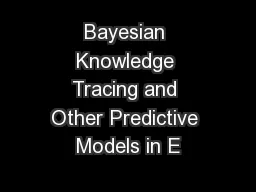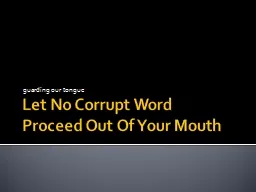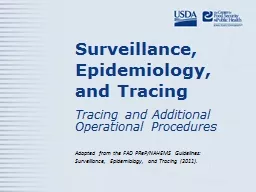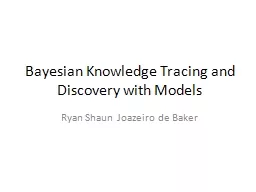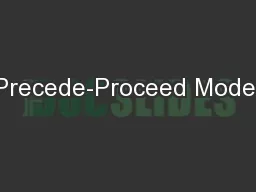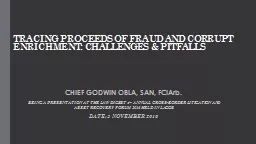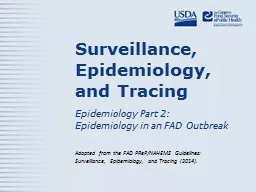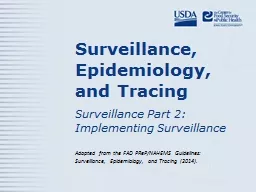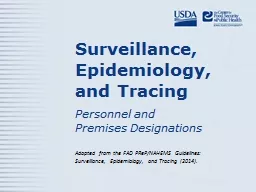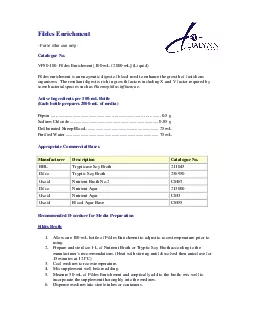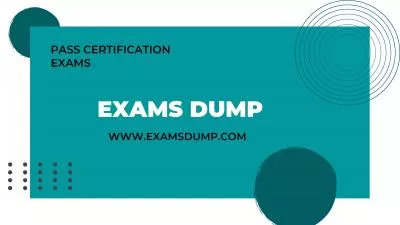PPT-TRACING PROCEED OF FRAUD AND CORRUPT ENRICHMENT, CHALLENGES AND PITFALLS
Author : aaron | Published Date : 2018-03-06
CHIEF GODWIN OBLA SAN FCIArb INTRODUCTION Asset recovery has become a topic of major prominence in the world today especially with the surge in transnational financial
Presentation Embed Code
Download Presentation
Download Presentation The PPT/PDF document "TRACING PROCEED OF FRAUD AND CORRUPT ENR..." is the property of its rightful owner. Permission is granted to download and print the materials on this website for personal, non-commercial use only, and to display it on your personal computer provided you do not modify the materials and that you retain all copyright notices contained in the materials. By downloading content from our website, you accept the terms of this agreement.
TRACING PROCEED OF FRAUD AND CORRUPT ENRICHMENT, CHALLENGES AND PITFALLS: Transcript
Download Rules Of Document
"TRACING PROCEED OF FRAUD AND CORRUPT ENRICHMENT, CHALLENGES AND PITFALLS"The content belongs to its owner. You may download and print it for personal use, without modification, and keep all copyright notices. By downloading, you agree to these terms.
Related Documents


